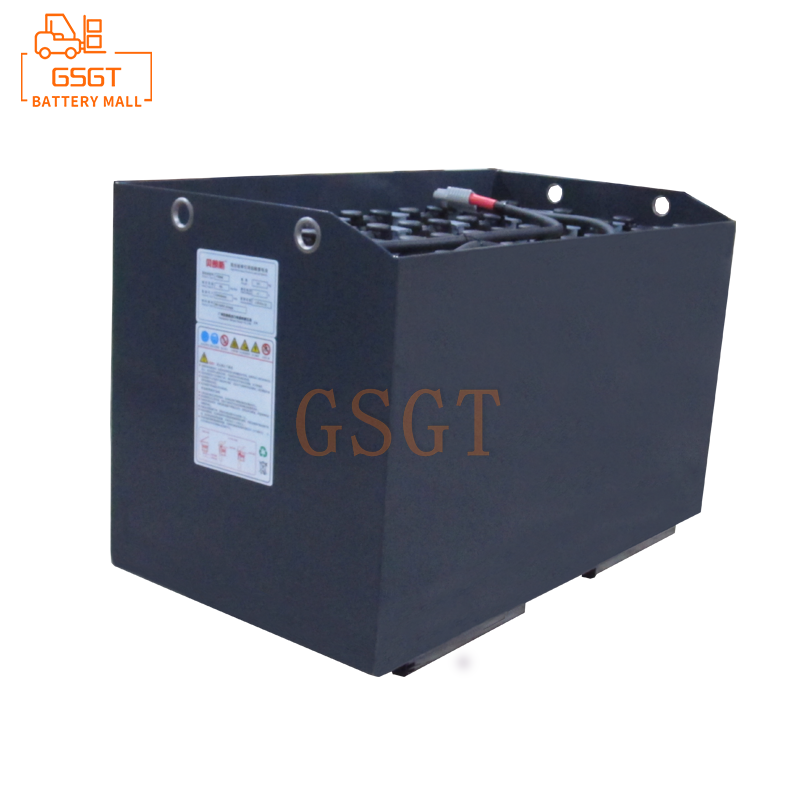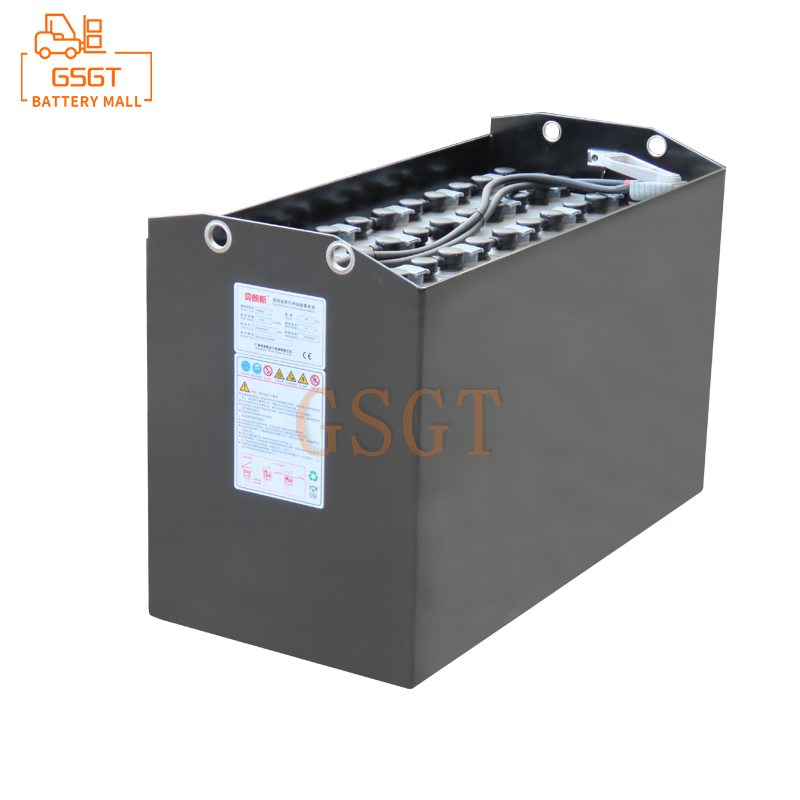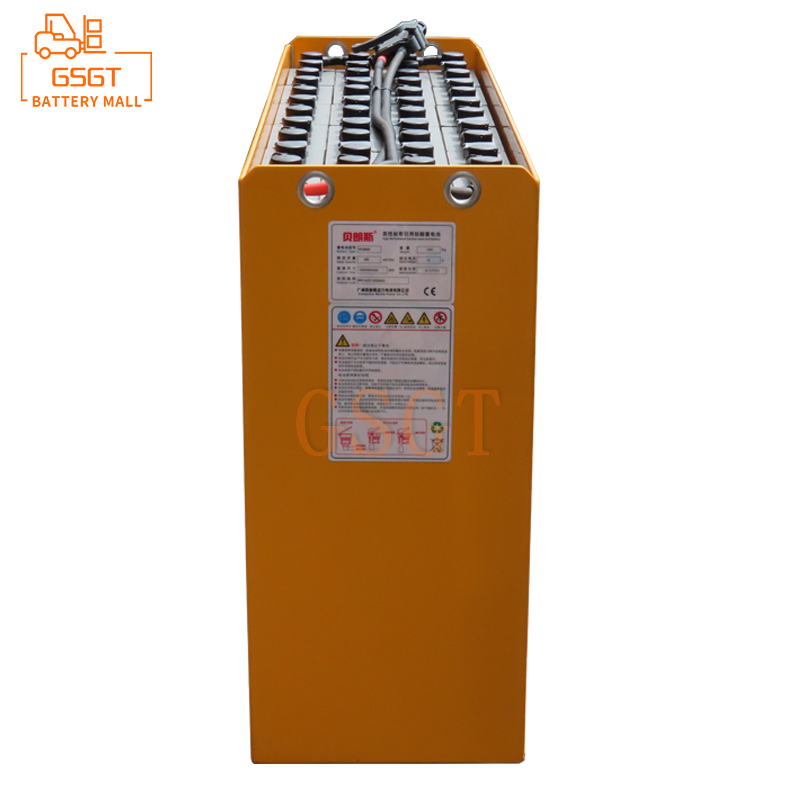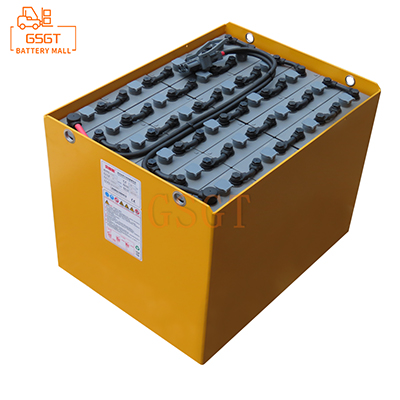Time:2025-03-18 13:39:31
Browse:570
In the vast territory of energy storage technology, lead-acid batteries are a true "veteran players". Since its introduction in 1859, after more than 160 years of wind and rain baptism, it has always occupied an important position in the wave of market competition with continuous technological innovation, showing a strong vitality and market competitiveness.
Ⅰ.The early technology laid the foundation of the market
At the beginning of the birth of lead-acid batteries, the basic principle is based on the electrochemical reaction between lead and its oxides and sulfuric acid electrolyte. This seemingly simple chemical mechanism achieved the effective conversion of electrical energy and chemical energy, providing a reliable mobile power solution for electrical equipment at that time. The early lead-acid battery structure is relatively simple, the plate is coated, the electrolyte is dilute sulfuric acid solution, and the container is mostly glass. Although there are many deficiencies such as large volume, heavy weight and limited capacity, it has an irreplaceable role in the era when electric lighting has just emerged and the power system has not yet been perfected. For example, in early telegraph communication stations, lead-acid batteries were used as backup power sources to ensure the continuity of communication. In some small electric car prototypes, it powers the vehicle, opening the way to electric mobility exploration. With these early applications, lead-acid batteries quickly opened the market, gained a firm foothold in the field of energy storage, and accumulated practical experience and market foundation for subsequent technological development.
Ⅱ. Technological innovation promotes market expansion
(1) plate material and manufacturing process improvement
With the development of technology, the optimization of plate materials has become a key direction to improve the performance of lead-acid batteries. By adding elements such as antimony, calcium and tin to the lead alloy, the researchers significantly improved the corrosion resistance and mechanical strength of the plate. For example, the application of calcium-lead alloy plate effectively reduces the self-discharge rate of the battery and extends the service life of the battery. At the same time, the manufacturing process continues to upgrade from the traditional coated plate to the more advanced drawing and punching plate. The grid plate has a higher utilization rate of active substances, which can effectively improve the battery capacity; The perforated plate reduces the production cost and improves the production efficiency under the premise of ensuring the performance. These improvements have made lead-acid batteries balance in terms of capacity, life, cost, etc., to meet the needs of emerging markets such as automotive start-up and communication base station backup power, and promote their wide application in these fields. Taking the automobile starting battery as an example, the improved lead-acid battery can provide a stronger starting current in a low temperature environment, adapt to a variety of complex conditions, and become an indispensable part of the automotive industry, helping the global car ownership to continue to grow at the same time, but also stable its own market share.
(2) Electrolyte technology optimization
The electrolyte plays a key role in the electrochemical reaction of lead-acid batteries. Early dilute sulfuric acid electrolyte had problems such as sulfuric acid delamination and water loss, which affected battery performance and life. To solve these problems, technicians have developed colloidal electrolytes. The colloidal electrolyte mixes sulfuric acid with silica sol to form a gel-like substance, which effectively prevents the stratification of sulfuric acid and improves the deep cycle performance of the battery. At the same time, the internalization process is used to accurately control the proportion of components in the electrolyte, which further improves the consistency and stability of the battery. In the field of communication base stations, colloidal lead-acid batteries have become the first choice for backup power because of their good deep cycle characteristics and stable performance. Even in the case of long-term mains interruption, it can continue to supply power to base station equipment for several hours or even tens of hours, ensure the stable operation of the communication network, effectively support the rapid development of the communications industry, and further expand the market space of lead-acid batteries.
(3) Sealing technology breakthrough
The traditional lead-acid battery is an open design, and acid mist will escape during use, which not only corrodes the surrounding equipment, but also has security risks, and needs to be regularly supplemented with electrolyte, and the maintenance cost is high. The breakthrough of sealing technology has completely changed this situation. VRLA (valve-controlled sealed lead-acid battery) comes into being. It installs a safety valve on the battery cover. When the internal pressure of the battery reaches a certain value, the safety valve automatically opens, releases excess gas, and automatically closes after the pressure recovers, effectively preventing the escape of acid mist and electrolyte leakage. At the same time, the lean liquid design and oxygen composite principle are adopted, so that the oxygen generated during the battery charging process can be combined with hydrogen on the surface of the negative plate to form water, reducing the consumption of electrolyte. The emergence of VRLA batteries has greatly improved the convenience and safety of lead-acid batteries, so that they can be widely used in areas with high environmental requirements, such as UPS (uninterruptible power supply) systems. In the financial, medical, data center and other industries, UPS systems are equipped with VRLA batteries to provide stable power protection for key equipment and prevent serious consequences such as data loss and medical accidents caused by power outages, further consolidating the leading position of lead-acid batteries in the backup power supply market.
Ⅲ. Analysis of market competitiveness under technological evolution
(1) Continuation of cost advantage
After years of technological evolution, the cost advantage of lead-acid batteries has become increasingly prominent. On the one hand, the lead ore resources are rich, the global reserves are considerable, and the mining and refining technology is mature, the supply of raw materials is stable and the price is relatively low. On the other hand, mass production and continuous technological improvements have reduced manufacturing costs. For example, new manufacturing processes improve productivity and reduce labor and material waste; The optimization of plate materials and electrolytes improves performance without significantly increasing costs. Compared with competitors such as emerging lithium-ion batteries, lead-acid batteries still have significant advantages in unit energy cost, especially in the cost-sensitive large-scale energy storage, low-speed electric vehicles and other markets, this cost advantage makes it the first choice of many users, and effectively maintains its market share.
(2) Performance improvement to meet diverse needs
Through continuous technological innovation, lead-acid batteries have made a qualitative leap in performance. The high rate discharge performance is improved, so that it can perform well in application scenarios such as automotive starting, power tools and other applications requiring instantaneous high current output; The breakthrough of long-life technology reduces the frequency and cost of battery replacement, improves the reliability of equipment operation, and meets the market demand of communication base stations, UPS systems, etc., which requires high battery life. Enhanced environmental adaptability, whether it is high temperature tropical areas, or cold polar environment, the improved lead-acid battery can work stably, expanding its market application range. For example, in solar power stations in remote areas, lead-acid batteries, with good environmental adaptability and stable energy storage performance, convert solar energy into electricity and store it for local residents to use, playing an important role in solving the energy supply problem.
(3) The environmental competitiveness of the recycling system
With the increasing awareness of environmental protection, battery recycling has become an important part of market competitiveness. Lead-acid batteries have inherent advantages in recycling, and their recycling system is mature and perfect. More than 90% of lead, plastic and sulfuric acid materials in waste lead-acid batteries can be recycled. Through professional recycling enterprises, the use of advanced smelting and purification technology, the lead in waste batteries is extracted for the manufacture of new battery plates, which realizes the recycling of resources, reduces the dependence on original resources, and reduces environmental pollution. This perfect recycling system not only meets the requirements of environmental protection policies, but also wins a good social reputation for lead-acid batteries, establishes an environmental advantage in the market competition, and further strengthens its position in the market.
From the perspective of technological evolution, lead-acid batteries through continuous innovation, constantly improve their own performance, optimize the cost structure, and establish a unique advantage in environmental recycling, so as to maintain a strong competitiveness in the fierce market competition. Despite the challenges from new battery technology, with deep technology accumulation and market foundation, lead-acid batteries will still occupy an important position in the future energy storage market, and is expected to open up a broader market space through further technological breakthroughs.

$3075

$2450

$3810

$3405

MESSAGE
Professional And Efficient
Security
Affordable Price
Professional Services